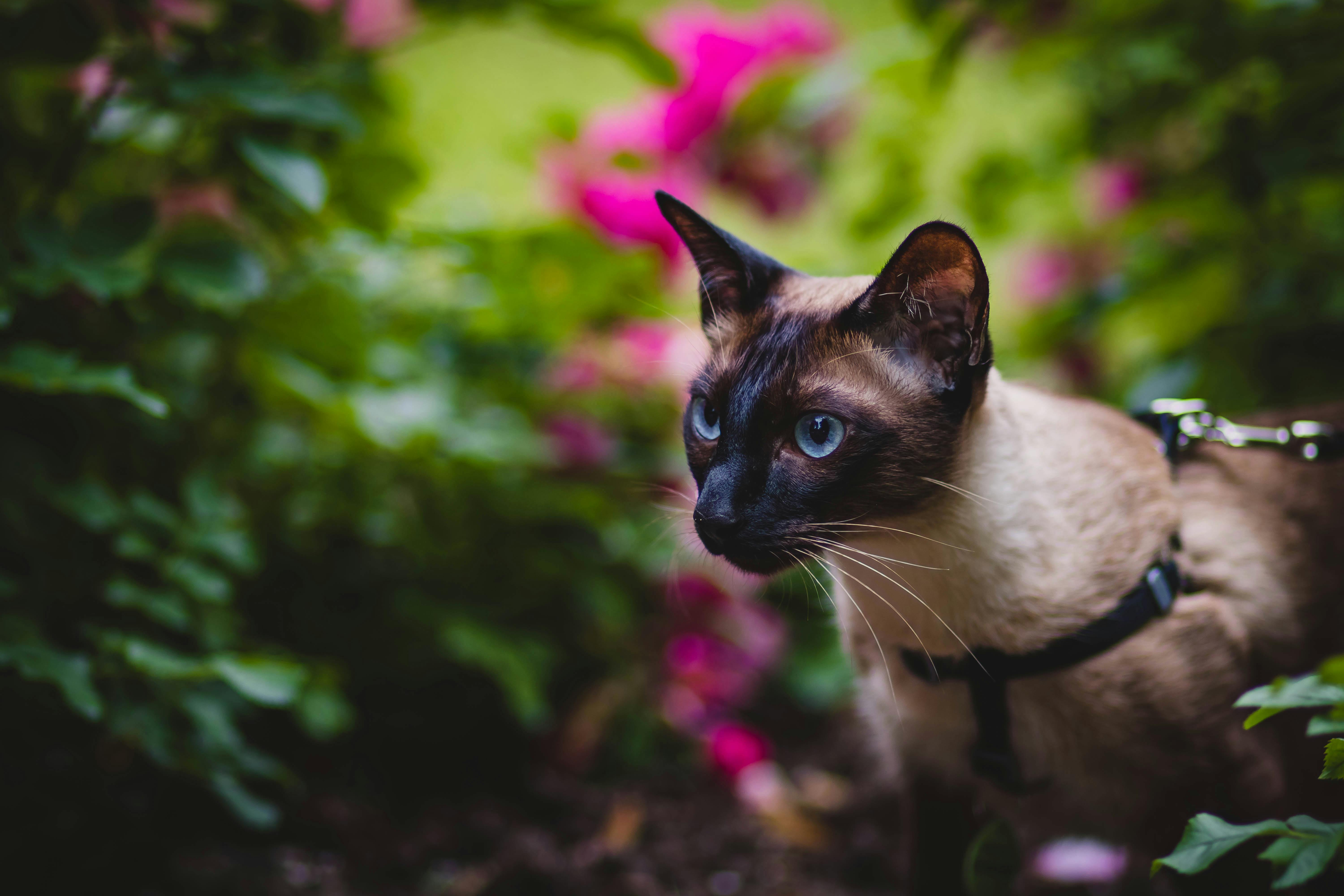
5 methods to potty train your Siberian husky
So you bought home a Siberian Husky puppy. One of the first challenges is potty training. Another term for this is simply “breaking and entering.” From the beginning, you should start the process of teaching your dog where to relieve himself and what to endure when left alone. When done correctly, your Siberian Husky’s potty training should only take a couple of weeks to complete.
The most important rule of thumb about breaking and entering is that you should start the process from the day you receive your Siberian husky, and especially when it is still a young puppy. Huskies are a very independent, intelligent, and dominant breed of dog and therefore generally require a lot of leadership and assertiveness when potty training. Your Sibe may seem stubborn and will try to “break the rules” by peeing behind the couch despite all your training. If this is the case, it is simply a matter of using greater consistency when applying the rules.
Without further ado, the following are the top 5 methods for potty training your Siberian Husky:
1. Use a dog crate
By far the most useful tool for potty training your Siberian husky is a dog crate. By using a crate, your puppy will naturally understand that you will not eliminate where he sleeps. The box will also help train your Siberian husky to control his bladder. By confining your puppy for short periods at a time and then slowly increasing this amount of time, your puppy will learn to hold his bladder before relieving himself. In no time, your puppy will be able to get through the night without having to relieve himself.
But you need to be careful that the dog’s cage is not too big, or else the puppy will start potty at one end while sleeping at the other end. This is not what you want. When starting out, you’ll also want to line the inside of the box with newspaper in case of accidents.
2. Follow a routine
When housebroking your Siberian husky, it is best to set a schedule of when it is time to feed, play, train, and sleep. By maintaining a consistent daily schedule, your dog will learn to adapt and begin to understand when he will have time outside to relieve himself if necessary. This will also provide you with the vital training to help you learn to hold your bladder.
3. Know when your puppy needs to relieve himself
One of the most important things to your puppy’s housebreaking is keeping an eye on him and understanding exactly when to leave. The typical sign of the need to eliminate is when your dog puts his nose on the ground and his tail in the air. This can also involve complaining or barking. As soon as you find any signs of needing to relieve themselves, take the puppy out immediately and let him relieve himself.
A good trick is to repeat the same command when taking the puppy outdoors. This could be asking “Is it time to go to the bathroom?” or “Do you need to go out?” Repeating this over and over while taking the dog outside will allow him to learn when it is time to relieve himself.
4. Use positive encouragement
Another necessary aspect of potty training is using positive encouragement. As soon as your puppy is done with his work, you should congratulate him very much. In this way, the puppy will learn to associate good feelings with the elimination of the outside.
The wrong way to potty-learn is to rub your puppy’s nose with his own stench, as this will only lead to confusion and poor reinforcement. This also applies to yelling at the dog to urinate in the house.
5. Take care of accidents
On the way to your puppy’s housebreaking, slip-ups are likely to occur when your dog accidentally urinates inside the house. As soon as you see this type of behavior, you should pick up the little girl and take her outside. You should also quickly clean up the mess as soon as possible to get rid of all traces and odors. Any smell of urine inside the house will mean to the dog that it is okay to eliminate it there.